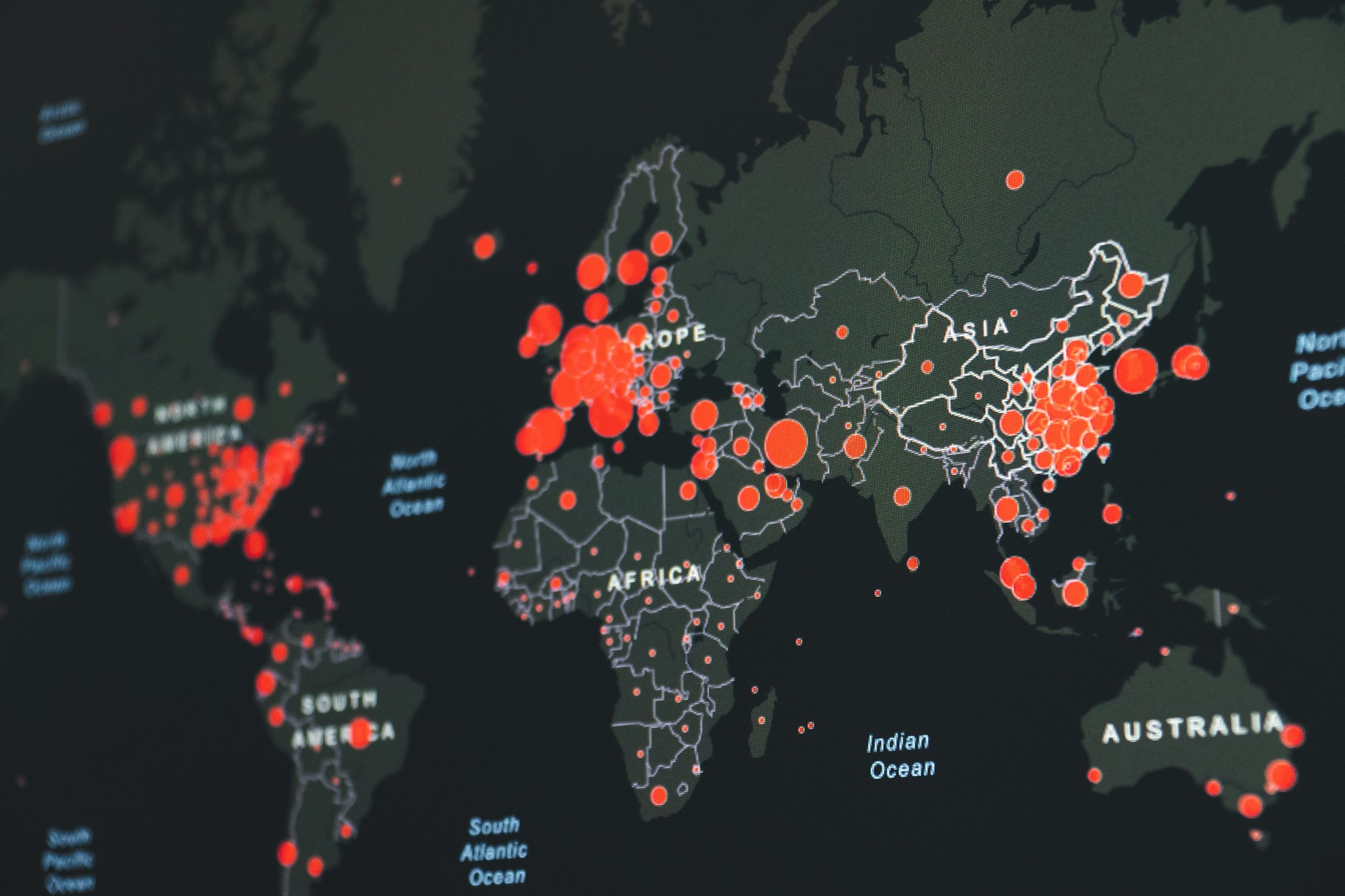How much research has been done on flipped learning? The 2022 (and final?) update

In case you haven't noticed, this blog has been on the back burner for a month or so. That's because David Clark and I are in heads-down mode to finish our book Grading For Growth which should come out in 2023 and whose manuscript is due in <checks notes> less than two months. Most of my public writing is happening over at our companion blog, gradingforgrowth.com (and at some point I'll cross post those here... maybe) as practice runs on stuff that will eventually appear in that book.
But there's one summer blogging tradition I can't yet give up, and that's the annual update on how much research has been done on flipped learning. This was something I started doing six years ago, while I was working on my first book. I was doing the literature review and simultaneously fielding questions about how much research was out there supporting flipped learning. Definitely not all of those questions were in good faith. But I needed to do a lit review regardless, so I let that question guide me.
I've updated that post each year ever since, in mid-summer using data from the previous year, to check the pulse of the ongoing phenomenon that is flipped learning. Let's take a look back at how things turned out in 2021.
The way I gather data to answer this question is crude and full of holes, but simple: I go to the ERIC database for education and do this "advanced" search using this query:
(title:"flipped learning" OR abstract:"flipped learning") AND (pubyear:2021)
This brings back all the papers that were published in 2021 that have "flipped learning" in either the title or the abstract. Additionally there's a checkbox, which I select, that gives you only the peer-reviewed articles. Then I do a second search using "flipped classroom" as the search string, then a third one using "inverted classroom". I total up the number of hits from each of those three searches, and that's the number I use: the number of peer-reviewed articles from 2021 with flipped learning, flipped classroom, or inverted classroom – in my experience, the three most commonly-used terms to describe this concept – in either the title or the abstract.
As I said, crude and lots of holes: It double-counts articles where a search term appears in both the title and the abstract; it doesn't count at all any article that might refer to flipped learning by some other term (I've seen a few alternatives), and undoubtedly more. But it's quick and gives an overall sense of the landscape, and it's easy to reproduce by anybody.
I wasn't sure what to expect from 2021 before I did the update this year. After a slump in 2018, the numbers rebounded in 2019 and 2020. On the one hand, momentum seemed to be building. On the other hand, 2021 would be the year you'd typically see papers published from studies conducted in 2020, and we all know why those numbers might be down.
Here's how the numbers stack up for 2021:
| Search term | Publications in 2021 | Difference from 2020 |
|---|---|---|
| Flipped classroom | 151 | -40 |
| Flipped learning | 78 | -5 |
| Inverted classroom | 6 | + 4 |
| Total: | 235 | -41 |
I added this to the ongoing spreadsheet I keep with the yearly data in it:
As you can see, this puts 2021 at almost the same level of research output as 2019.
Of course, the cumulative amount continues to grow (because that's what accumulations do):
The data point for 2021 didn't show up in the chart but it's 1383.
And finally, here's what the cumulative data look like with a regression curve though them:

The exponential model is \( y = 0.741132 \cdot 1.44742^t \) where \(t\) is the number of years since 2000, and the r-squared on that is 0.9847.
Let's unpack, speculate, and ask questions about all this now:
- So, that's a significant drop in 2021. The drop was over three times the amount as the second-largest 2017-2018 decline (41 vs. just 12).
- It's impossible to know right now exactly why the output dropped, but surely the pandemic played a major part. Papers published in 2021 are from studies done in 2020, and 2020 I was not laser-focused on research output and I suspect I am not alone in that. In fact, in last year's update, I specifically said:
...remember that the academic publishing process is glacially slow, therefore it could be that this year, in 2021, is when we'll see the big slowdown in publications due to the pandemic year.
- However, doing the above search for publications from 2022 so far, as of July 7, gives 69 hits. That's almost exactly where things stood at this point last year (72, as of June 15, 2021) so it's reasonable to expect roughly the same numbers for 2022 as for 2021, based on these (very incomplete) data. We might see a bump in publications as more people publish studies made dormant in the pandemic and then restarted in 2021 – or we might not.
- Lest this sound gloomy, it's not like the bottom has dropped out of flipped learning. The cumulative count of published peer-reviewed articles continues to grow, with exponential growth of roughly 44% per year if you believe the regression model. (And notice, the fit of the model is better this year than last year.) People are still doing flipped learning research in significant (although not, for now, increasing) numbers.
I wrote back in the spring that flipped learning may be flying under the radar in some sense, but it's not extinct – it's endemic. It's becoming clearer that the key tenets of flipped learning – that active learning is beneficial for students, that we should repurpose class time so we can use active learning as much as possible, and therefore that we need to flip our instructional model – are not fringe ideas but the core drivers of the post-Covid educational landscape. I have a feeling we'll see research tick back upwards as more researchers realize this and have the capacity and inclination to study it.
Finally, just a note: This will probably be the last of these updates I will do, in their current form. Every year I put in a caveat that my "literature search" procedures are crude and full of holes, but I do them anyway because that's what I started with back in 2016 and to change up the search process would mean I could no longer compare one year with another. But I think it's probably time to upgrade the literature search process, so any future versions of this article will be done using search techniques that don't require apologies for the scholarship. (Plus, Stylus has been talking about a second edition of the book.)
Also, I may not continue this series moving forward at all, simply because after six years of this, I think we get the point: Flipped learning isn't a fad, buzzword, or edu-speak flight of fancy. It's a real concept that really helps students everywhere, and it's not going away. If you don't believe this by now, additional research results are not going to help you believe. But if you do believe, the research isn't necessary.


